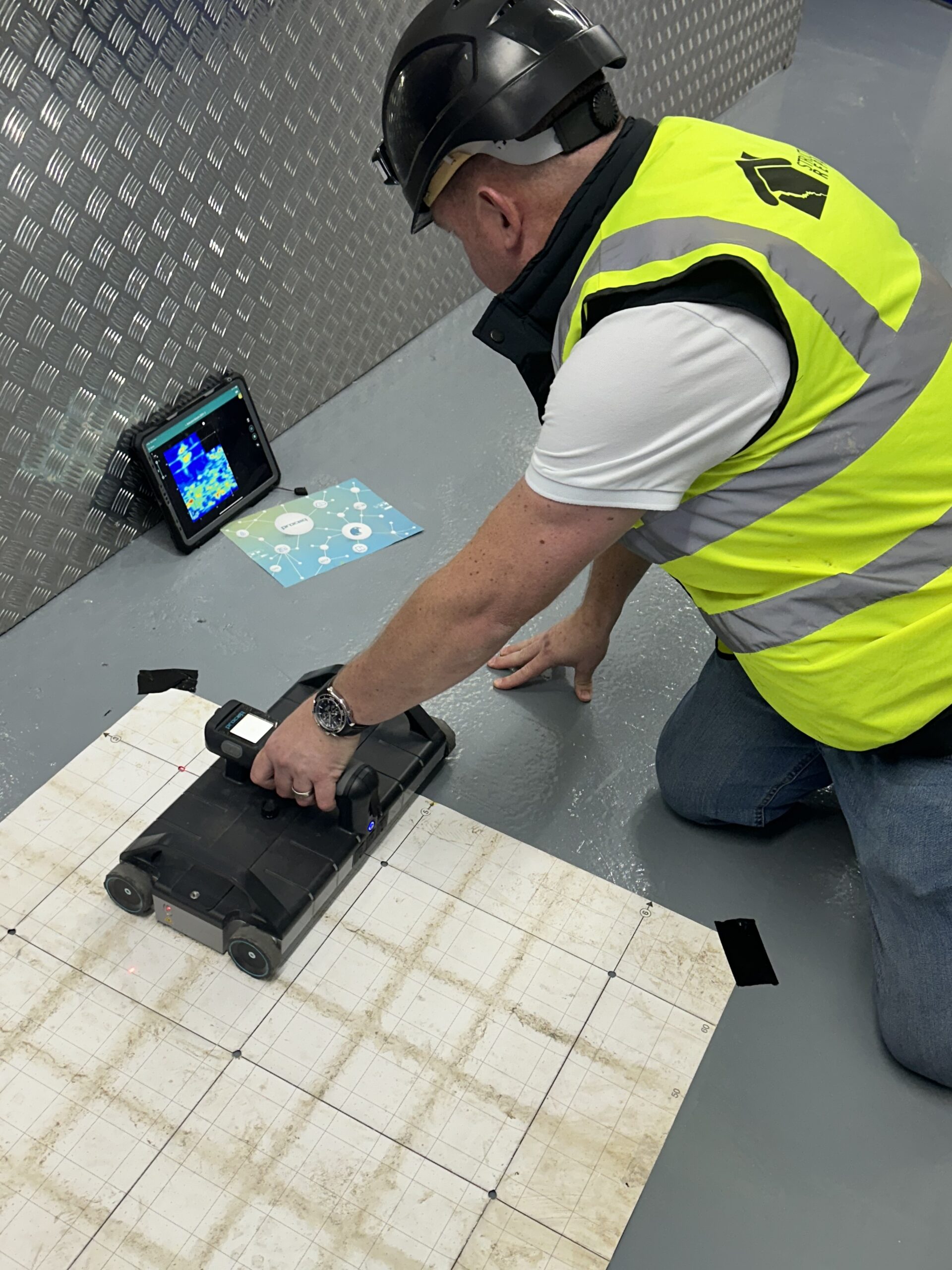RainierGPR Concrete Scanning: Professional Insights and Ideal Practices
RainierGPR Concrete Scanning: Professional Insights and Ideal Practices
Blog Article
Checking Out the Depths: A Comprehensive Overview to Concrete Scanning and Its Diverse Applications
In the world of building and facilities advancement, the precise process of concrete scanning holds a crucial role in making sure the architectural honesty and safety and security of jobs. As modern technology proceeds to advance, the applications of concrete scanning have actually broadened much beyond mere surface-level assessments.
Significance of Concrete Scanning
Understanding the value of concrete scanning is essential in ensuring the safety and security and stability of structures throughout building and remodelling tasks. Concrete scanning uses advanced technologies such as ground-penetrating radar (GPR) and electro-magnetic induction to find embedded things, gaps, or other abnormalities within concrete structures.
Moreover, concrete scanning plays a crucial function in making sure conformity with structure codes and policies that mandate the security of existing architectural components throughout building activities. By precisely mapping out the inner composition of concrete, scanning innovations allow construction experts to make enlightened choices that promote the structural security and sturdiness of structures and facilities jobs. Basically, the relevance of concrete scanning hinges on its capability to safeguard both the structural stability and the personnel entailed in building and construction endeavors.
Technologies Utilized in Concrete Scanning
Concrete scanning counts on advanced modern technologies such as ground-penetrating radar (GPR) and electromagnetic induction to precisely identify ingrained items and abnormalities within concrete frameworks. Ground-penetrating radar operates by sending out high-frequency electromagnetic waves into the concrete. When these waves encounter different products or spaces within the concrete, they bounce back to the surface area, allowing the GPR system to create a comprehensive subsurface picture. This technology is especially efficient in finding rebar, post-tension cords, avenues, and other objects embedded in concrete.
Electromagnetic induction, on the various other hand, functions by creating magnetic fields around a concrete framework via a transmitter coil. When steel items are existing within the concrete, they disrupt these magnetic fields, causing eddy currents to move with the steel. By determining the modifications in the electro-magnetic fields with a receiver coil, the system can pinpoint the area of metal items in the concrete.
These advanced innovations play a critical function in non-destructive testing, guaranteeing the security and integrity of concrete frameworks in different sectors.
Applications in Construction Sector
Within the building and construction sector, concrete scanning modern technology finds varied applications that improve job performance and safety and security. Furthermore, concrete scanning is used for situating spaces, such as air pockets or locations of degeneration within concrete, which can endanger the total toughness of a framework. Concrete scanning plays a crucial function in high quality control by confirming the density of concrete covers over reinforcement, guaranteeing conformity with layout specs and requirements.

Safety Benefits of Concrete Scanning
In the world of construction safety and security, the execution of concrete scanning technology provides a paramount advantage in preemptively recognizing possible threats and fortifying architectural honesty. By utilizing sophisticated scanning approaches such as ground-penetrating radar (GPR) and electro-magnetic induction, construction teams can properly find rebar, post-tension cables, avenues, and other covert items within concrete frameworks. This aggressive method significantly decreases the danger of unintended strikes throughout drilling, cutting, or coring activities, thus stopping expensive damages, injuries, and project delays.
Furthermore, concrete scanning enhances worker safety by giving real-time details regarding the architectural problem of concrete components. By resolving prospective safety worries promptly, concrete scanning contributes to developing a protected functioning atmosphere and alleviating the probability of structural failings or accidents on building and construction websites.
Future Patterns in Concrete Scanning
Emerging advancements in scanning modern technology are poised to change the area of concrete examination and analysis. One significant fad that is obtaining traction is the assimilation of synthetic knowledge (AI) see page and artificial intelligence algorithms into concrete scanning tools. By utilizing the power of AI, these systems can examine vast quantities of information gathered throughout scanning procedures to give more detailed and precise understandings into the condition of concrete frameworks. This can assist in discovering surprise defects, anticipating possible see here now structural failings, and also advising maintenance techniques.
One more considerable pattern is the growth of more user-friendly and portable scanning devices. Miniaturization of scanning devices enables for less complicated accessibility to constrained rooms and remote places, making examinations a lot more reliable and detailed. Additionally, developments in wireless interaction innovations allow real-time data transfer and analysis, promoting quicker decision-making procedures.
Moreover, there is an expanding concentrate on sustainability in concrete scanning innovations - RainierGPR Concrete Scanning. Producers are increasingly integrating eco-friendly materials and energy-efficient features right into their gadgets to minimize environmental impact. These future fads are readied to enhance the effectiveness, accuracy, and sustainability of concrete scanning techniques, shaping the industry's future landscape
Final Thought
To conclude, concrete scanning plays an essential role in the construction sector by making certain the security and effectiveness of numerous projects. By utilizing sophisticated innovations, such as GPR and radar imaging, professionals have the ability to accurately discover possible risks within concrete frameworks. The applications of concrete scanning are huge and continue to evolve, making it an important device for maintaining the stability of buildings and framework. As innovation advances, the future of concrete scanning holds appealing growths for enhancing construction processes.

Report this page